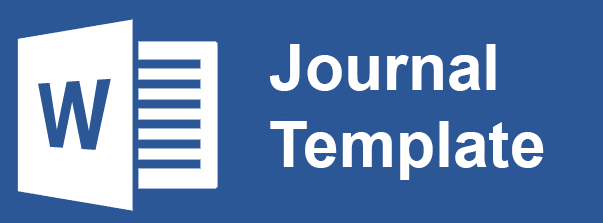Teacher Oral Corrective Feedback In Video Conference Applications For Online Learning
Abstract
Keywords
Full Text:
PDFReferences
Abdillah, L. A. (2020). Online Learning Menggunakan Zoom Teleconference Work Form Home During COVID-19 Global Pandemic. Universitas Bina Darma.
Adhamjonov, M. (2022). Implementation of Effective Oral Corrective Feedback in English Language. 04(2771–8948), 30–33. http://www.ajird.journalspark.org/
Alkhammash, R., & Gulnaz, F. (2019). Oral Corrective Feedback Techniques: An Investigation of the EFL Teachers’ Beliefs and Practices at Taif University. AWEJ, 10(2), 40–54. https://doi.org/https://dx.doi.org/10.24093/awej/vol10no2.4
Alzubi, A. A. F., Nazim, M., & Al-Mwzaiji, K. N. A. (2022). Learning through Correction: Oral Corrective Feedback in Online EFL Interactions. World Journal of English Language, 12(8), 382–389. https://doi.org/10.5430/wjel.v12n8p382
Coombs, H. (2022). Case study research: single or multiple [White paper]. In Southern Utah University. https://doi.org/https://doi.org/10.5281/zenodo.7604301.
Ferdian, N. R. (2020). ESP Students’ Preferences in Learning English: Face to Face Corrective Feedback vs Online Corrective Feedback. JETAL: Journal of English Teaching & Applied Linguistic, 2(1), 29–36. https://doi.org/10.36655/jetal.v2i1.199
Fitria, T. N. (2020). Teaching English through Online Learning System during Covid-19 Pandemic | Pedagogy : Journal of English Language Teaching. Pedagogy: Journal of English Language Teaching, 8(2), 138–148. https://doi.org/10.32332/pedagogy.v8i2.
Hattie, J., & Timperley, H. (2007). The power of feedback. Review of Educational Research, 77(1), 81–112. https://doi.org/10.3102/003465430298487
Lyster, R., & Ranta, L. (1997). Corrective feedback and learner uptake: Negotiation of form in communicative classrooms. In Studies in Second Language Acquisition (Vol. 19, Issue 1). https://doi.org/10.1017/S0272263197001034
Lyster, R., Saito, K., & Sato, M. (2013). Oral corrective feedback in second language classrooms. Language Teaching, 46(1), 1–40. https://doi.org/10.1017/S0261444812000365
Monteiro, K. (2014). An experimental study of corrective feedback during video-conferencing. Language, Learning and Technology, 18(3), 56–79.
Pineda, J. E. (2019). Oral Language Accuracy, Corrective Feedback and Learner Uptake In An Online EFL Course. In Doctoral Dissertation (Issue 2). Universitat Oberta de Catalunya.
Riduan, M. (2021). The Students’ Perceptions of Online Learning During the Covid-19 Pandemic. IAIN Palangkaraya.
Syakira, S., & Nur, S. (2022). Learners ’ Perceptions on the Use of Oral Corrective Feedback in One-to-One EFL Classroom. 6(2), 286–306.
Tingding. (2012). The comparative effectiveness of recasts and prompts in second language classrooms. Journal of Cambridge Studies, 7(2).
DOI: http://dx.doi.org/10.25157/jwp.v11i2.15126
Refbacks
- There are currently no refbacks.
Copyright (c) 2024 Jurnal Wahana Pendidikan

This work is licensed under a Creative Commons Attribution-ShareAlike 4.0 International License
Indexing:



